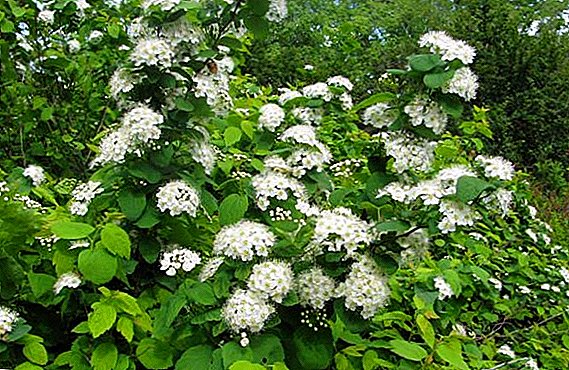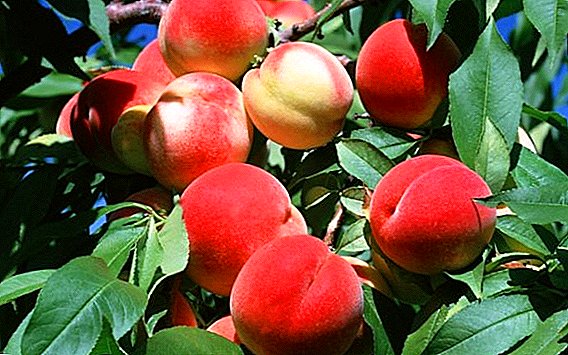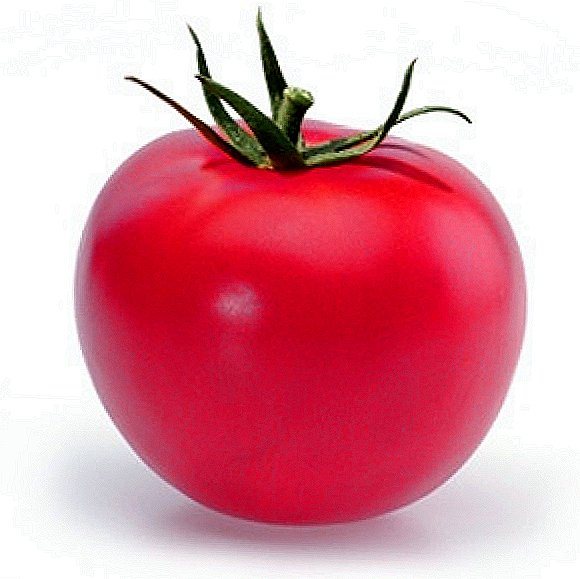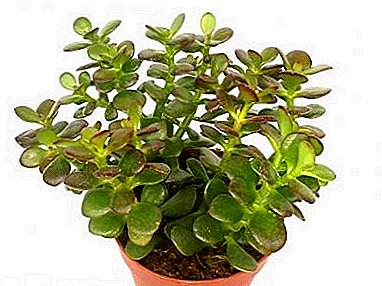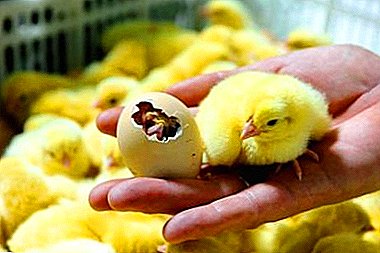 Tulip is one of the first spring joys of the gardener. Their heyday marks the end of winter, the sun and the warm wind. But in order for these flowers to please you every spring, they need not particularly careful, but regular care. When and how best to transplant tulips: in spring or autumn, before or after flowering - these are questions that need to know the answer to get a beautiful spring flower bed.
Tulip is one of the first spring joys of the gardener. Their heyday marks the end of winter, the sun and the warm wind. But in order for these flowers to please you every spring, they need not particularly careful, but regular care. When and how best to transplant tulips: in spring or autumn, before or after flowering - these are questions that need to know the answer to get a beautiful spring flower bed.
The reasons
Tulips are perennial plants, but when grown in one place for 3-4 years they start to degenerate: flowering stops or the flowers become small, irregular in shape.
Important! Especially severe symptoms of degeneration manifest in "purebred" varieties, to preserve all varietal characteristics must be replanted every year.There are several reasons for regular transplants:
- depletion and acidification of the soil, in this case, you can regularly change the soil without changing the location of planting;
- active growth of plants, in which they have little space, light and nutrients for normal growth;
- fight against diseases or pests;
- desire or need to propagate flowers.

When is the best?
Tulips can be transplanted in spring and autumn. The second option is preferable. But in no case can not transplant tulips during flowering, with a high probability of plants such stress will not survive.
Crocus, hazel grouse, hyacinth, primrose, anemone, snowdrop are among the most popular spring flowers for flower beds.
Features of the spring transplant
Gardeners are advised not to engage in transplanting in the spring: the bulb will have little time to settle down. The answer to the question of whether it is possible to repot tulips in the spring before the onset of constant heat and hope for their flowering is simple. There are some tricks to do this:
- the onion is not removed from the ground in order not to damage the overgrown roots, but is dug out with a clod of earth and transferred to a new place;
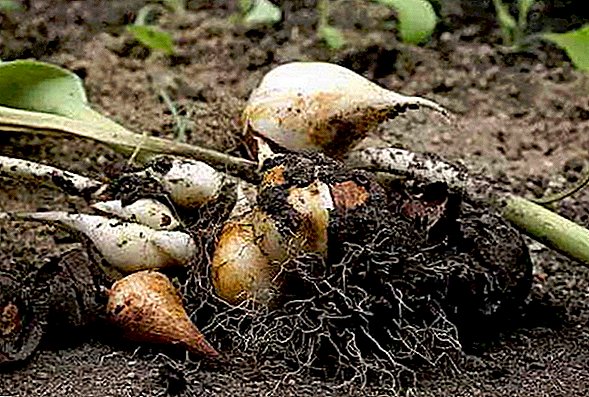
- in the second variant, the bulbs are dug out and prepared for transplanting in summer, and in winter they are planted in a large plastic or metal container (at least 15 cm deep), in the spring, when sprouts appear directly in the container, they are planted in a selected place.

Did you know? Tulips were cultivated in Persia presumably from the 9th century. And Portuguese traders brought them to Europe in the 16th century.
If there is an opportunity, then it is better to transplant in the fall, it will be much less stressful for the plant and the probability of success will increase significantly.
Autumn transplant
Autumn is the time when tulips can be transplanted from one place to another with the least risk of damage to plants.
It is optimal to carry out a transplant 3-4 weeks before the first frost, then the bulb will not have time to germinate, but will have time to take root well and will be ready for the winter.
For the middle band this time corresponds to the period from the second decade of September to the first decade of October, for the southern regions - until the end of October. In the northern latitudes, it is better not to risk and make a transfer in early September. 
Important! Soil at a depth of 10-12 cm when transplanting a tulip should have a temperature of 8-12°WITH.
The best soil and place for tulips
Tulips prefer neutral or slightly alkaline, well-permeable soil.. They withstand a small drought well, but do not tolerate excessive moisture (the likelihood of bulbs rotting and fungal diseases increases).
With a lack of light, the stems are bent and stretched. Therefore, the best tulip will feel in a well-lit, quiet, closed from drafts place. If it is not possible to remove excess moisture from the site, it is worth making a high flower bed.
When preparing the site it is necessary to fertilize the soil. For this purpose, well cured manure, wood ash, compost, mineral fertilizers (saltpeter, carbamide, nitro or ammophoska) will be suitable.
The composition and amount of fertilizer applied depends on the initial fertility and acidity of the soil. 
Transplant rules
Preparation for transplantation begins with harvesting the bulbs. They are dug up after flowering is completely over, and the tulip leaves start to turn yellow. Extracted bulbs are sorted - discarded old, sick and defective.
Then they are thoroughly washed and dried in a warm, well-ventilated place without sunlight (ultraviolet light has a detrimental effect on the bulbs).
The temperature should be no more than 30 ° С (optimally from 20 ° С to 24 ° С), and the humidity should not exceed 70%. Drying takes about 1 month. From dried onions, scales and root residues are carefully removed. If it is too early for planting, then they can be stored in a dry cool place for several months.
Did you know? Flower name "tulip" has Persian roots. In a word toliban Persians called the fabric used in the manufacture of turbans.Immediately before planting, onions are treated with a weak solution of potassium permanganate or garlic infusion to protect against pests and disinfection. Then they are planted in the prepared soil at a distance of not less than 10 cm from each other, in the wells, the depth of which is equal to about three diameters of the onion. The holes are covered with earth, the landing place is raked and moistened.
Further care of the flower bed is periodic watering in the absence of rain and covering it with mulch (pine needles, sawdust, hay) to protect against winter frost.  Tulips are undemanding and unpretentious, rarely get sick and are attacked by pests. A small amount of attention that they need is a transplant every 1-2 years. The joy of the first "real" spring flowers is worth the small hassle.
Tulips are undemanding and unpretentious, rarely get sick and are attacked by pests. A small amount of attention that they need is a transplant every 1-2 years. The joy of the first "real" spring flowers is worth the small hassle.




